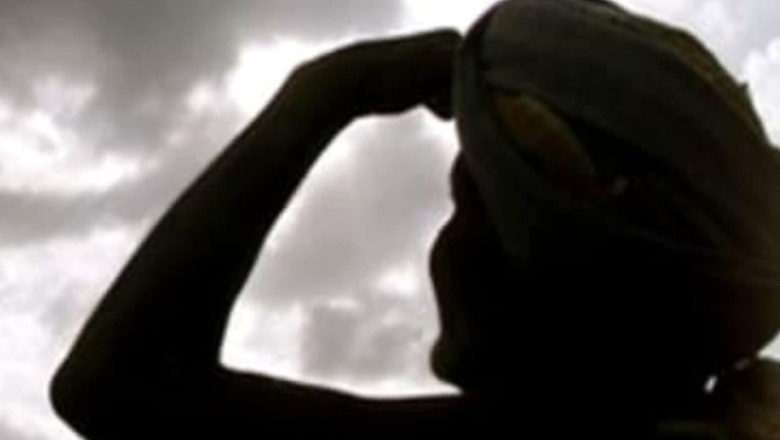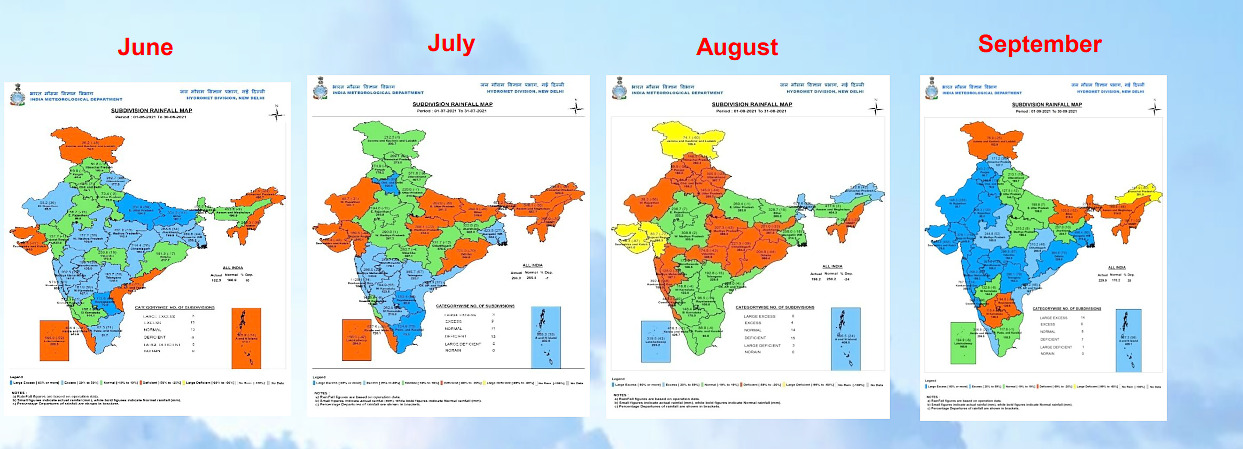
views
But for a country that has been threatened vastly by erratic rains and long dry spells creating drought-like conditions in several states even during a “normal” four-month monsoon season, an early arrival is not the panacea for its imminent water woes that are set to worsen this summer. India is already struggling to meet its water demands with existing but depleting resources. The groundwater levels are plummeting, and not much is being done to replenish them. Amid all this, the uncertainties of seasonal rains raise concerns even further.
Deepening water crisis
According to the India Meteorological Department (IMD), the country as a whole is facing a rainfall deficit of 25% for the period between March 1 and May 11, while it stands at a staggering 78% for northwest India, and 56% for central India – a region that contributes hugely to the country’s food basket. The states have been practically devoid of rains since March, which has intensified the blistering heatwave. The temperatures have soared above 45 degrees Celsius, causing the water demand to shoot up even further.
The situation is dire, especially for farmers who are still recovering from a below-par harvest in the Rabi season due to abnormal weather. A continuing power crisis has brought them on the streets, asserting the need for better irrigation to ensure the normal sowing of Kharif crops. Amid all this, a huge dependency on an erratic monsoon could put a further dent in agricultural production.
Even as I write this, large parts of the country are reeling under a severe water crisis. Water shortage has hit urban areas in Madhya Pradesh and Maharashtra, where people have been complaining of disrupted supply. The national capital too is struggling to meet the water needs of its 19.5 million population as the Yamuna almost dries up, triggering a war of words with Haryana.
“Yamuna’s water level has fallen from 674.5 ft to 669 ft, i.e., a fall of 5.5ft (above sea level). Hence, water production in our water treatment plant at Wazirabad Barrage is reduced by 60-70 MGD,” said Delhi minister Satyendar Jain on Tuesday, as large parts of the capital were hit by water shortage over the last few days.
Jain alleged that Haryana was not releasing Delhi’s fair share, which has affected water treatment plants at Wazirabad, Chandrawal, and Okhla. On the other hand, Haryana chief minister Manohar Lal Khattar alleged that the Delhi government had been “unfortunately lying” and the national capital was being given 1050 cusecs of water as per its full share.
According to the Central Water Commission, which monitors the storage status of 140 important reservoirs spread all over the country, 58.75 billion cubic metres (BCM) of live storage was available as of May 12, which is 33% of the total live storage capacity of these reservoirs. The storage in reservoirs of Rajasthan, Jharkhand, Odisha, Tripura, Gujarat, Maharashtra, Uttar Pradesh, Chhattisgarh, Andhra Pradesh, and Karnataka is lesser than in the corresponding period of last year.
The ‘normality’ of monsoon
Amid all this, a “normal” monsoon, which contributes to at least 75% of India’s annual rainfall, is expected to assuage every concern and be the panacea for all water woes.
Sample this: overall, the 2021 monsoon was “normal” for the country as a whole, as the IMD predicted. The rainfall was 99% of its long period average of 88 cm for India, yet several states faced drought-like conditions due to prolonged dry spells and deficient rains. According to the Drought Early Warning system, an online platform maintained by researchers at IIT Gandhinagar, at least 21% of the area was under different degrees of drought by mid-August last year.

The monsoon progress was delayed unusually and it covered the country by July 13. After normal rains in June, the monsoon lost its strength and stalled, widening the rainfall deficit to 30-38 % for northern and central states – a crucial season for Kharif crops. This was followed by excess rains to the tune of 135% of LPA in September – triggering floods in several states.
Making every drop count
The summer monsoon is the biggest weather system that India is dependent on to meet at least 75% of its rainfall requirements. But as impacts of climate change intensify, its increased variability in terms of the geographical distribution of rains will continue to make it a more complex solution to the country’s water problems.
Scientists have warned of more frequent dry spells and more intense wet spells during the monsoon, and until we adapt to climate-resilient practices for its optimal and sustainable use and storage, we will not be able to solve the issue.
Our rainwater-harvesting projects and irrigation practices need to be strengthened and groundwater recharge needs to be improved. The NITI Aayog in its 2019 report highlighted that it was possible to store 214 BCM of surplus monsoon runoff in groundwater reservoirs.
So, as we hail the forecast of a “normal” monsoon and its early onset, it is important that we prepare well to first address the big elephant in the room – the worsening water crisis.
Read all the Latest India News here




















Comments
0 comment